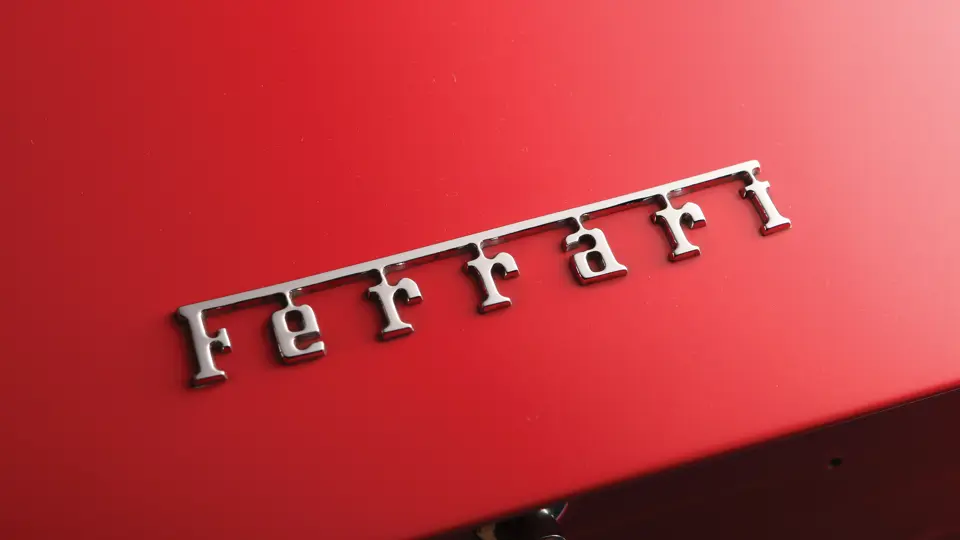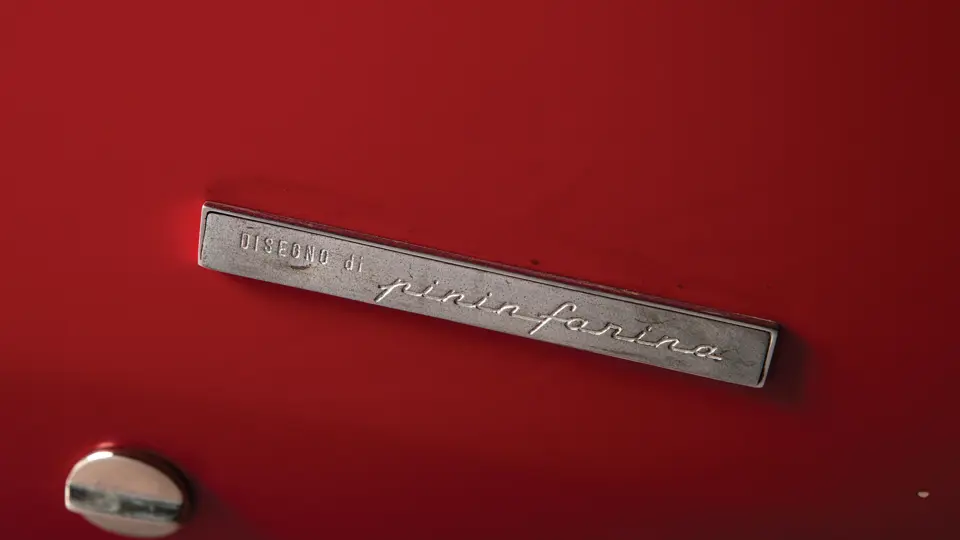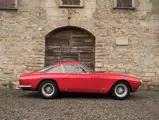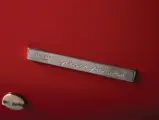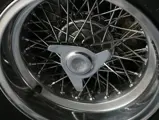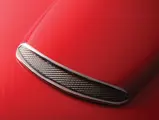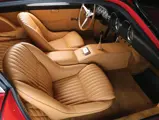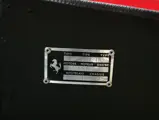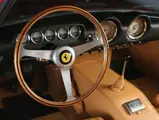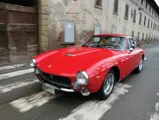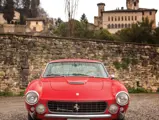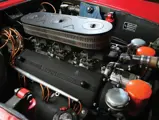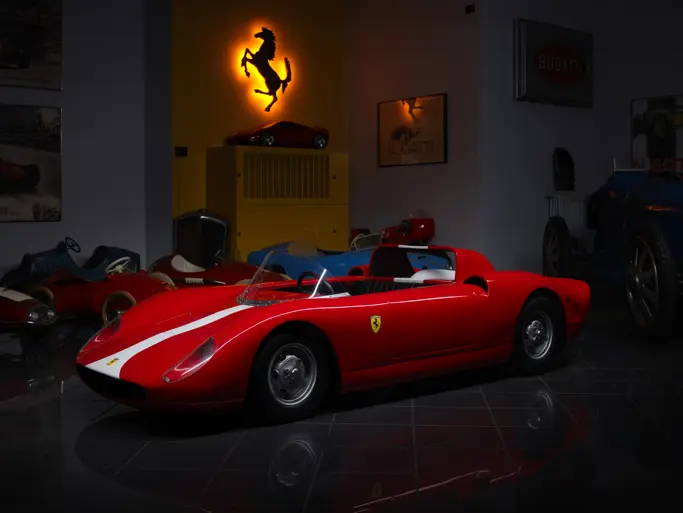250 bhp, 2,953 cc single overhead camshaft V-12 engine, four-speed manual gearbox, independent front suspension with unequal length A-arms and coil springs, live rear axle with semi-elliptic leaf springs and parallel trailing arms, and four-wheel hydraulic disc brakes. Wheelbase: 2,400 mm (94.5 in.)
The arrival of the final 250 GT road car at the Paris Salon of 1962 signalled one thing, if nothing else, that Ferrari had saved the best for last. The 250 GT/L, or Lusso, for luxury, wore one of Pininfarina’s prettiest designs of all time, a reworked and more civilised version of the SWB Berlinetta, with an elegant Kamm tail. Inarguably, the Scaglietti-built coachwork has become a distinguished favourite of many connoisseurs. And as its name implies, the Lusso was Ferrari’s most luxurious grand touring car yet, with an elegant leather interior and a model-specific instrument arrangement that lent the car a unique panache from a driving standpoint.
Cosmetics aside, the 250 GT/L bore trademark Ferrari ferocity under the hood, with further development of Colombo’s long-running three-litre V-12. In terms of performance, the Lusso also benefitted from two improvements to the rear suspension borrowed from the concurrent 250 GTO race car, a redesign of the shock absorbers, and the implementation of a Watts linkage to provide lateral support for the rear axle. Standard disc brakes rounded out the package of mechanical features. Only 350 examples of the Lusso were built between 1962 and 1964, and the model continues to draw acclaim as not only the most developed of the 250 GT models, but also as one of the most beautiful Ferraris ever manufactured.
This ravishing Lusso bears a number of desirable hallmarks, combining significant ownership provenance with matching-numbers authenticity, which has been confirmed with Ferrari Classiche certification. Chassis 5275 was originally delivered for retail to Concessionario Lombardi, of Naples, Italy, in January 1964. The Lusso was finished in a handsome livery of Rosso Cina (China Red) paint over an interior trimmed in beige leather, a colour scheme that the car authentically wears today.
Chassis 5275 came into the care of a California-based enthusiast by the late 1970s, with contemporary Ferrari Owner’s Club directories listing ownership by Erik Feldman, an interior designer residing in San Mateo, California. In 1980, 5275 was acquired by Kenneth Hoffman, of Irvine, California, and the Lusso moved to Southern California’s forgivingly warm climate, where it likely remained before being offered for sale in August 1997.
The following year, 5275 was offered for sale at Monterey. There it was acquired by Victor Muller, the Netherlands-based automotive entrepreneur who was then in the midst of founding Spyker Cars, the Dutch manufacturer of premium hand-built supercars. Considering the bold and decidedly retro look of several of Spyker’s ensuing automobiles, it is hardly surprising that Mr Muller preferred the transport of a Lusso, with its beautiful Pininfarina lines and curves. During the week of 20–24 April 1999, Mr Muller ran 5275, decorated with number 181, at the Tour Auto, with Paul Witmer as his co-driver. Enjoying the company of several other Lussos, the car was the subject of much attention and numerous photographs.
In May 2000, this 250 GT was acquired by an Italian enthusiast who kept the car for only a brief period before selling it to the consignor, an esteemed collector of quality Ferraris. This owner soon commissioned a full interior restoration by Romano Luppi, of Modena, the noted upholsterer who spent 40 years working for Scaglietti. His expert work on 5275 was apparently one of his final interior restorations before his passing. In addition to refurbishing the Lusso’s wonderful cosmetic features, the consignor also enriched its documentation and unquestionable authenticity by obtaining factory certification from Ferrari Classiche, confirming the car’s matching-numbers drivetrain.
Beautifully finished in its original colour scheme, and accompanied by the highest certification of authenticity for a matching-numbers vintage Ferrari, this suavely stylish Lusso claims concours-level quality and former ownership by two fascinating personalities from the fields of automotive design and marketing. It is a highly original and handsomely appointed example of the final, most elegant 250 GT, and it would effortlessly complement the finest assemblage of important Maranello road cars.




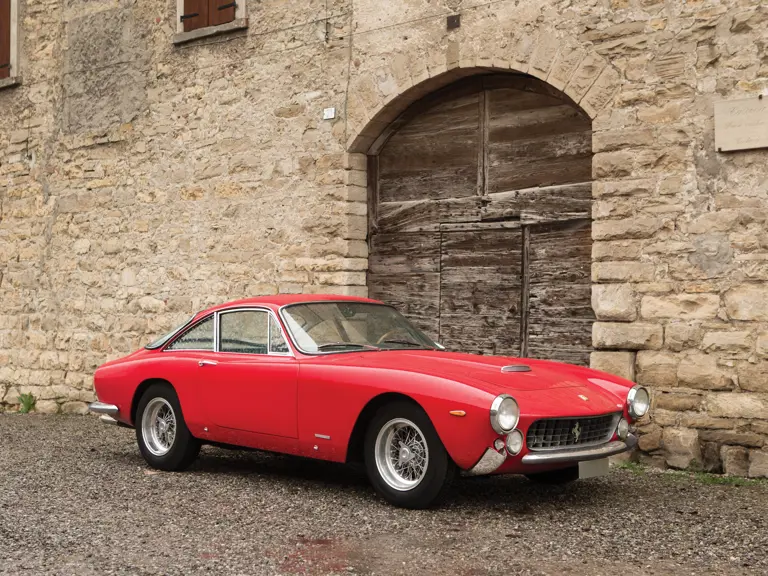
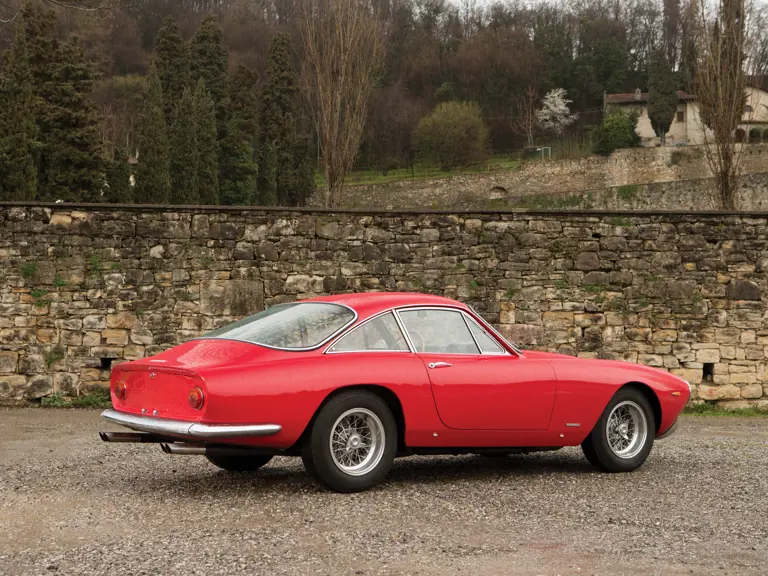
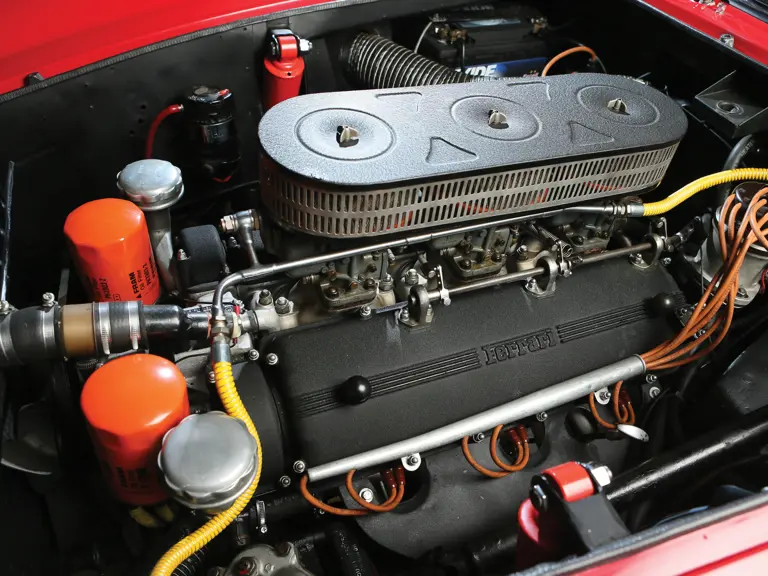

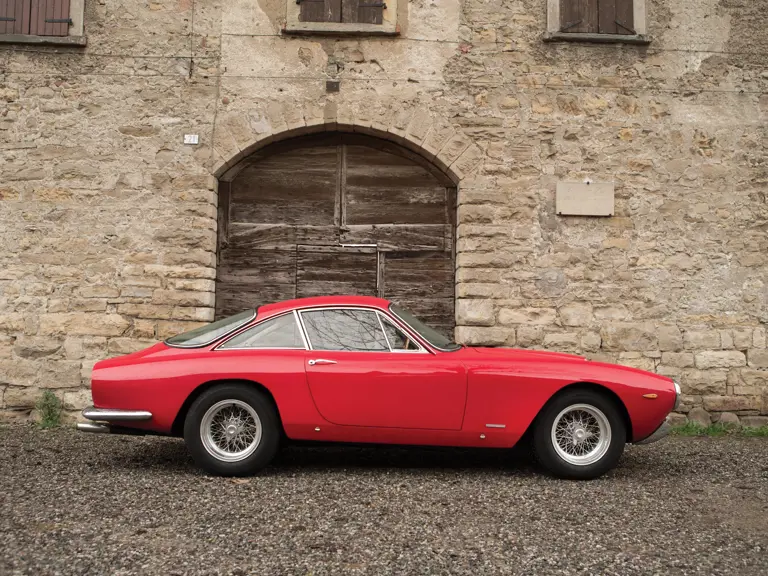
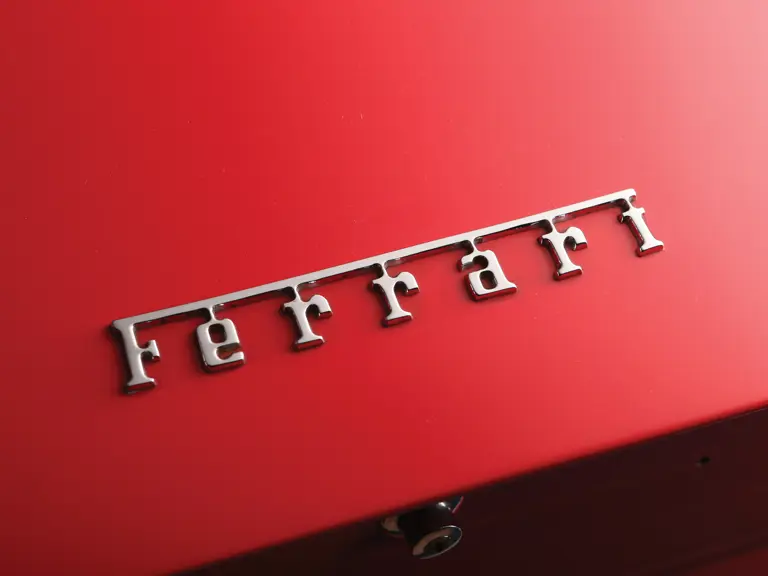
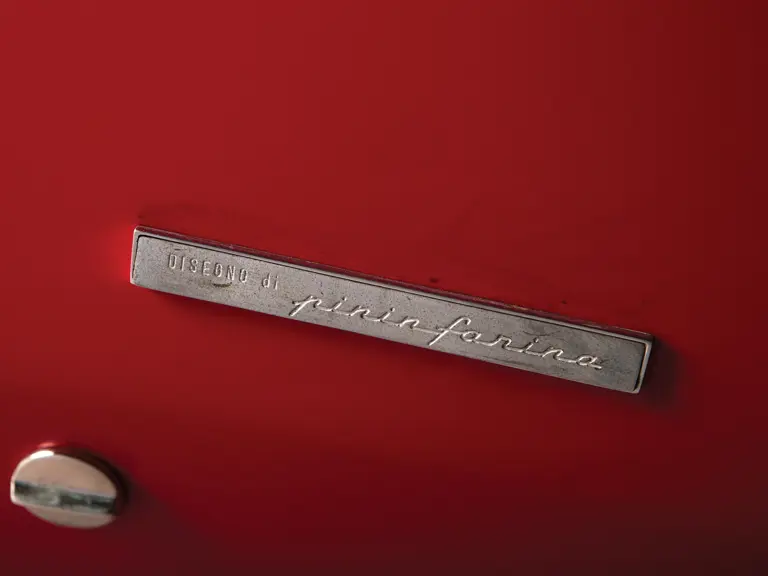


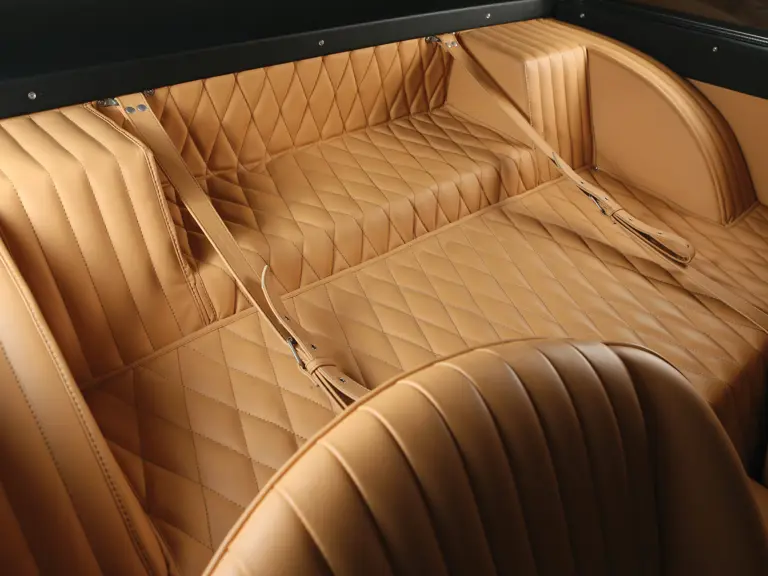
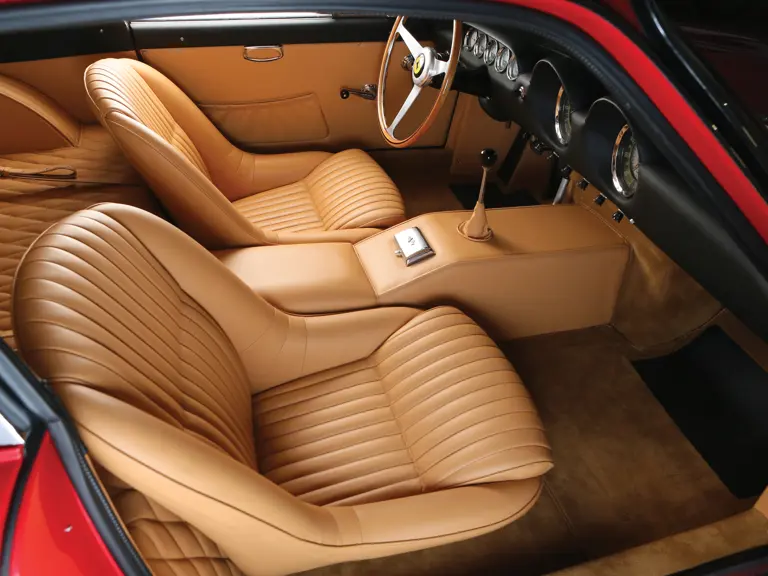
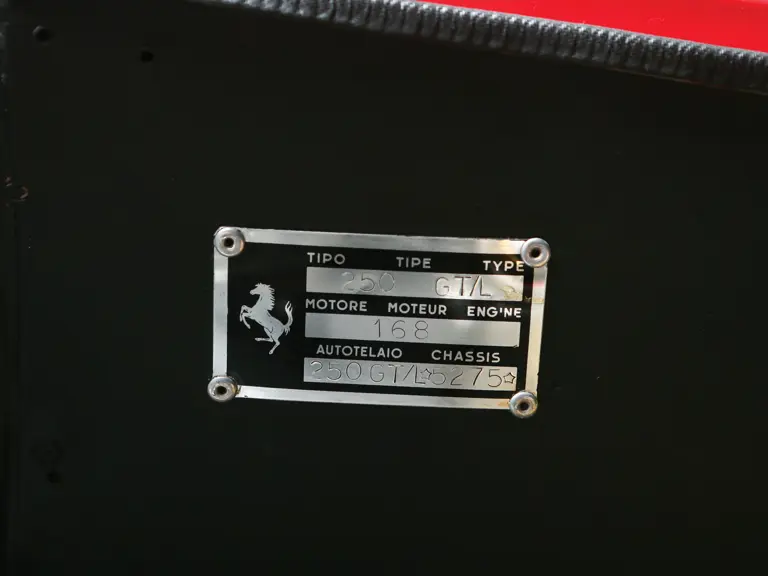
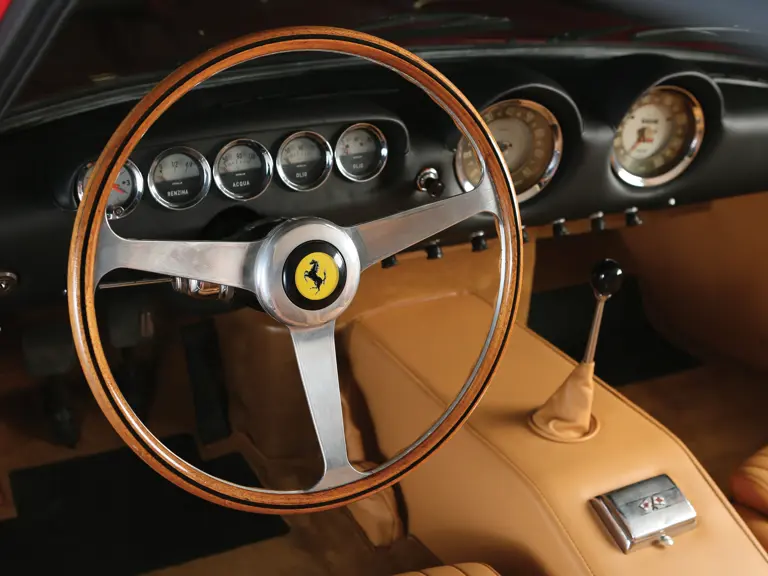
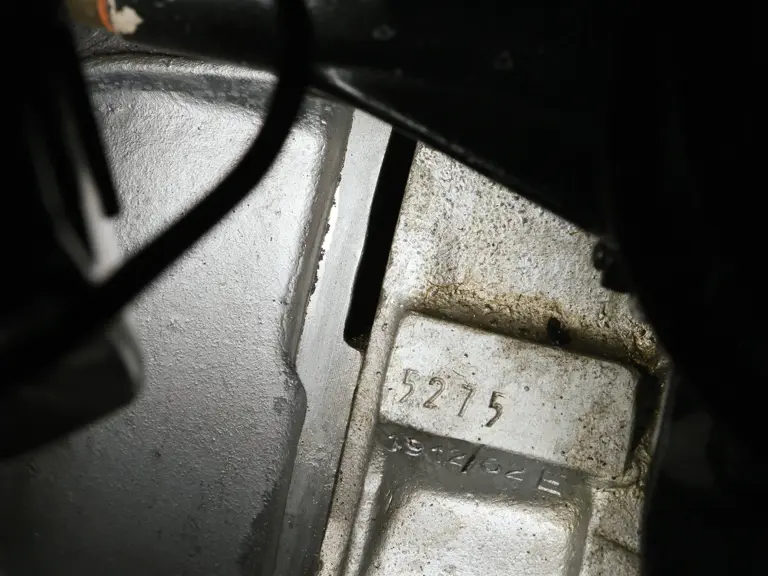
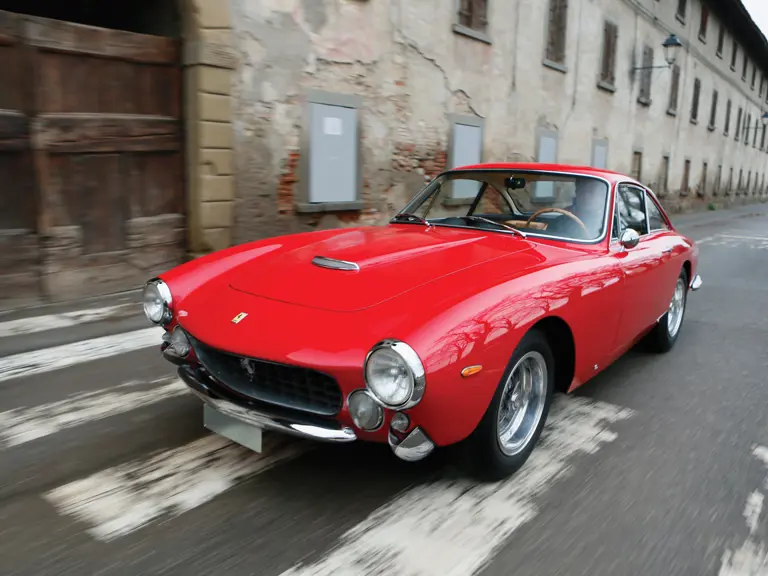
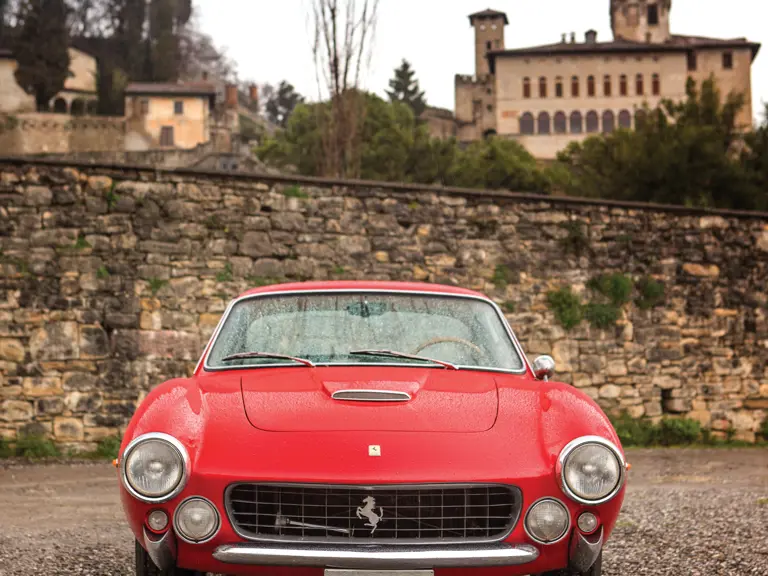

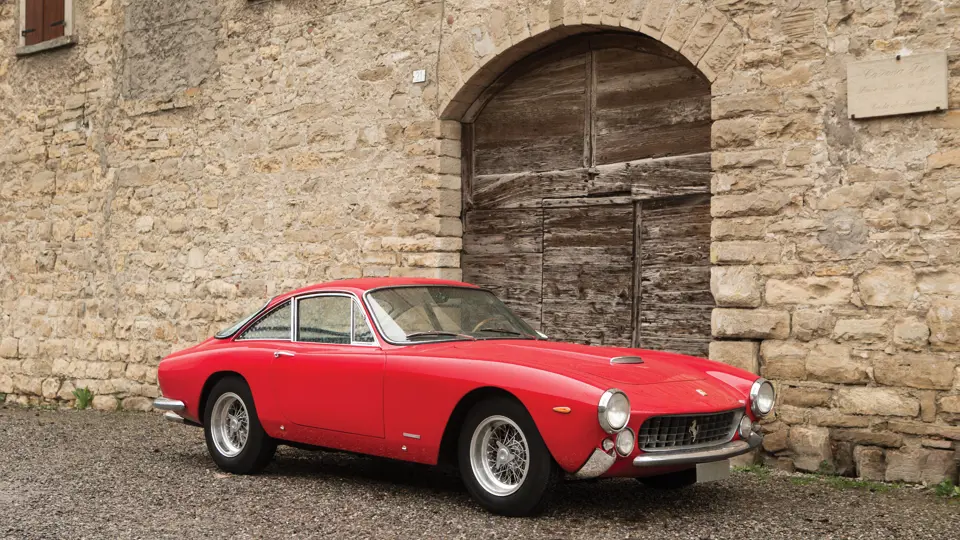
 | Cernobbio, Italy
| Cernobbio, Italy

